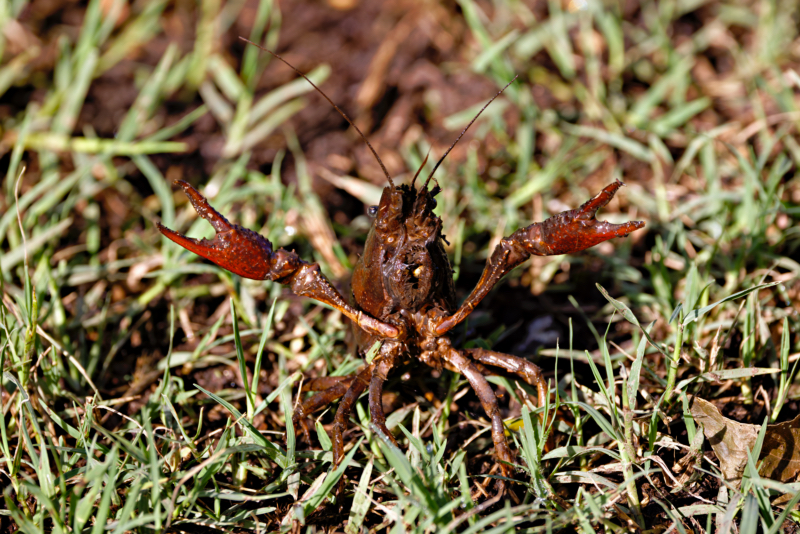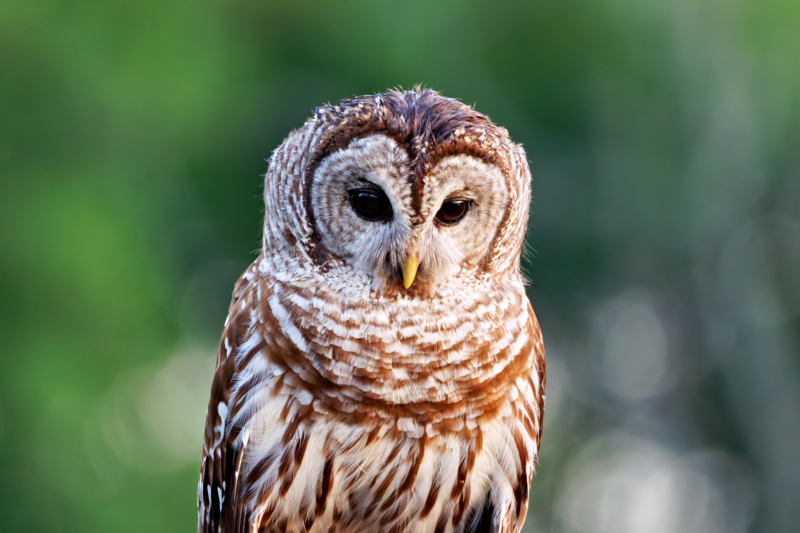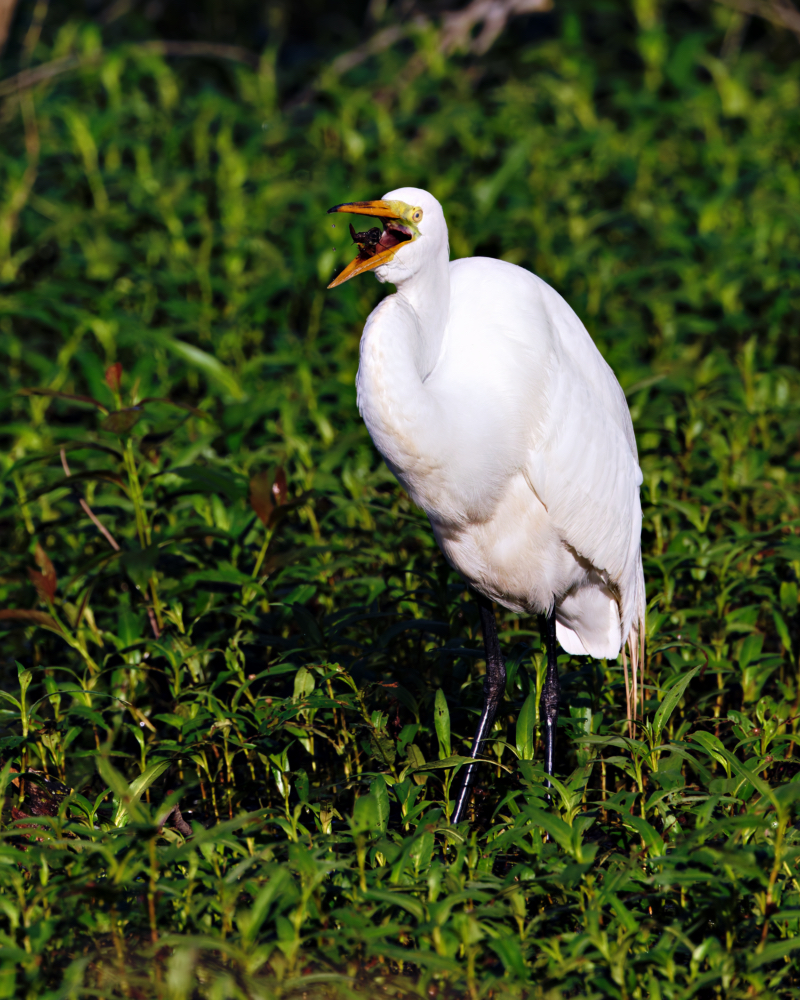Spring is an exciting time of year at Sequoyah National Wildlife Refuge. As water temperatures warm, the crayfish population becomes more active. And where there are active crayfish, you’re sure to find plenty of hungry wildlife ready to take advantage of this abundant food source.

I always look forward to increased crayfish sightings in late winter and early spring. Their elevated levels of movement and mating behaviors make them more vulnerable and attractive prey for birds, fish, and other animals in the refuge.
On a recent visit to Miner’s Cove, I was treated to a remarkable crayfish hunting exhibition. A barred owl perched alertly on a metal pole, carefully scanning the shallow waters for any crayfish crawling or swimming nearby. When one unlucky crustacean exposed itself, the owl wasted no time swooping down and snatching it up in its powerful talons.

The owl then flew off to a nearby tree branch to enjoy its fresh crayfish meal unhurried. Watching this skilled predator take advantage of increased spring crayfish activity was an incredible sight to witness.
Later, at the same location, I spotted a great egret patrolling the water’s edge. With its long neck outstretched, the egret moved slowly and deliberately until quickly striking and emerging with a large crayfish grasped firmly in its beak.

Crayfish may be small, but they are an immensely important part of the refuge’s ecosystem. Their increased springtime activity draws in opportunistic hunters like owls, herons, egrets, and more. It’s a fascinating example of the interconnected food web at work.
If you visit Sequoyah National Wildlife Refuge this spring, keep an eye out for crayfish and the many predators looking to dine on them. You may be treated to an incredible display of nature’s cycles in action. I know I can’t wait to see what other crayfish drama unfolds in the coming weeks!

Great pics!!!
Thank you